
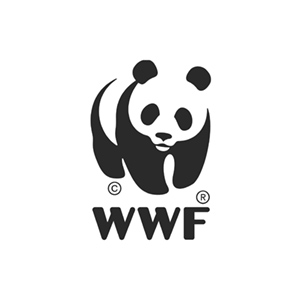
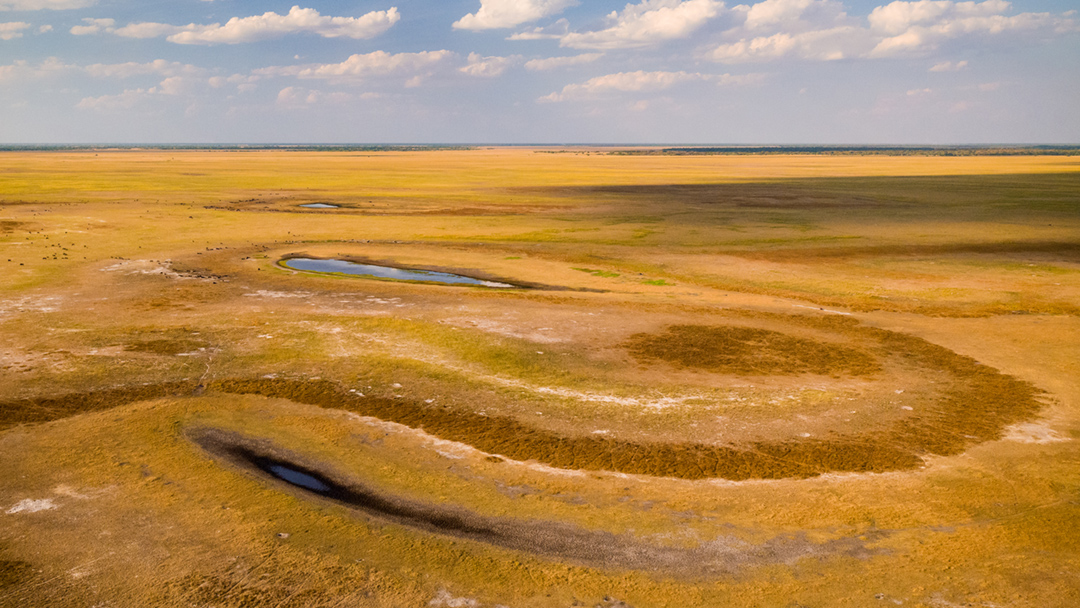
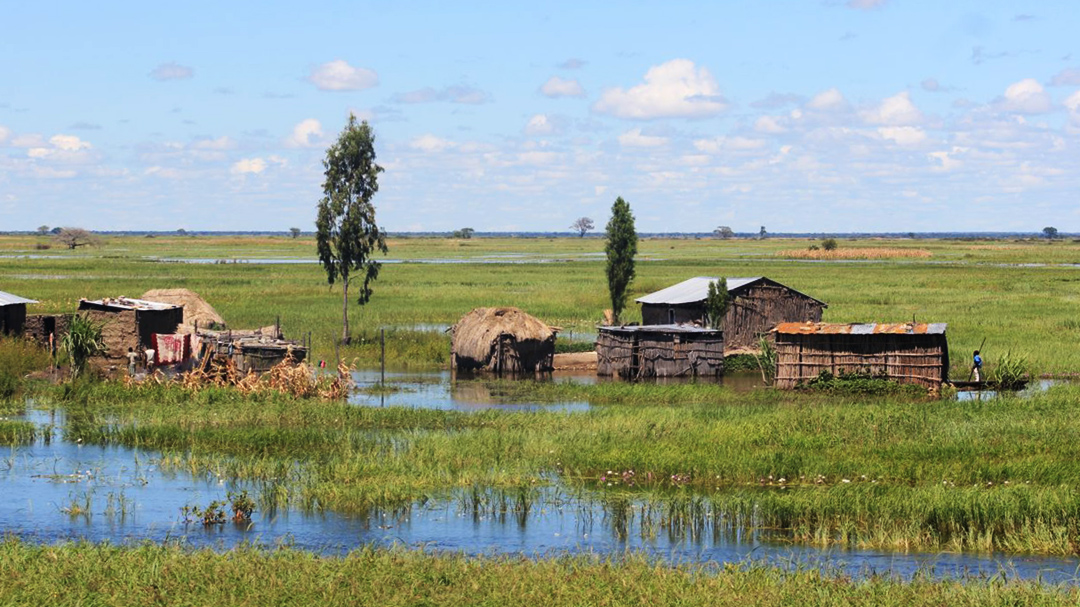

A resilient Zambezi river basin for people and nature
Partner since 2017
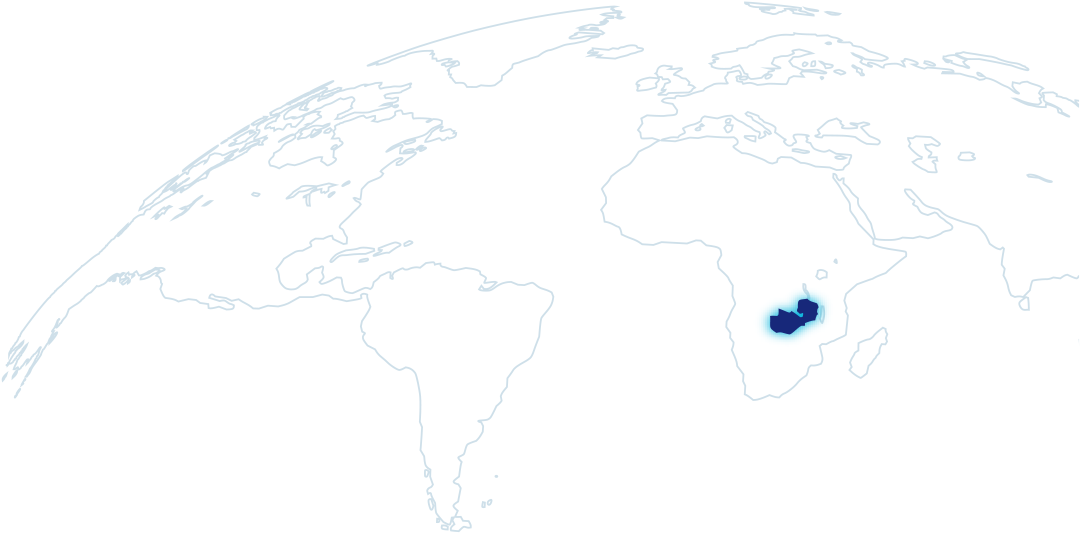
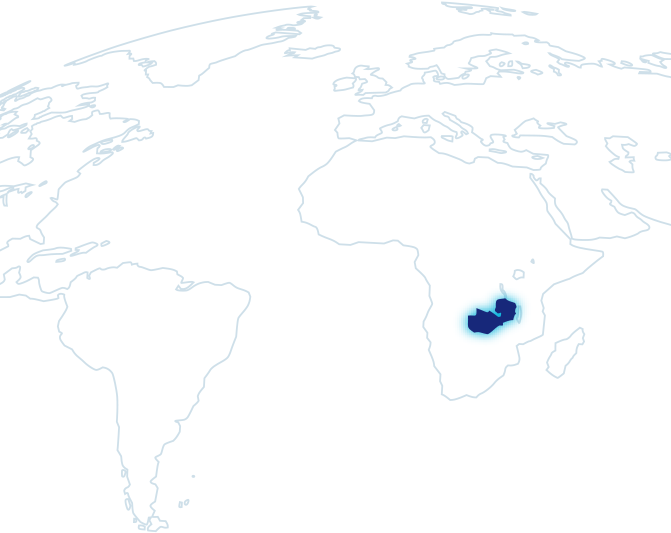
The Upper Zambezi functions as a sponge. It holds huge amounts of water for months or even years, meaning flood peaks are delayed as well, which makes it possible for people and the economy to survive dry spells. It therefore plays a disproportionately important role in the health of the river, the livelihoods of people along its banks and the resilience of socio-economic development for Zambia and further downstream countries in southern Africa. .
Within the Upper Zambezi, the program focuses on three different areas:
• the forested headwaters far upstream (Kabompo);
• the Zambezian Grassland and Kalahari areas bordering Angola (Liuwa Plain National Park and surrounding Upper West Zambezi Game Management Area)
• and the vast wetlands these areas drain into (Barotse Floodplains).
The program is structured around five major themes:
• To investigate the role of water as key driver of ecological processes and ecosystem goods and services. By collecting and contextualizing long-term datasets on biodiversity, population dynamics, ecological processes and hydrological functions, environmental patterns and impact can be tracked.
• To secure ecological integrity across the landscape as the Zambezi headwaters are key to the provision of downstream ecosystem goods and services. Thus, basic natural processes need to function and be safeguarded, like the free flow of nutrients and sediment down a river, and the recharge of surface and groundwater to ensure water supply or retain water in floodplains for dryer periods later in the year.
• To support citizen monitoring of environmental compliance to social ecological and governance safeguards. Civil society will facilitate the development of a shared vision that highlights a sustainable green development agenda for the landscape.
• To develop & support nature based economies with both large- and small-scale economic actors and have them own initiatives that provide tangible benefits to surrounding communities and society while restoring and maintaining landscape level ecosystem integrity and providing positive ecological impacts;
• To influence national and landscape development planning and financing through the facilitation of green and sustainable investments in agriculture, energy and infrastructure.
Good management of the three landscapes within the Upper Zambezi, in which threats are mitigated and nature and ecosystems remain fairly pristine and climate-resilient to provide ecosystem goods and services to communities.
Including:


Fires in Africa continue to be a problem. They are a threat to people and wildlife for multiple reasons. In Liuwa, WWF works closely with African Parks on fighting the fires through various initiatives, involving local communities.
Photocredits
– Kettle and people © Jasper Doest WWF
– Woman planting with running child © Jasper Doest WWF
– Man plowing © Jasper Doest WWF
– Birdsview scenery © Jasper Doest WWF